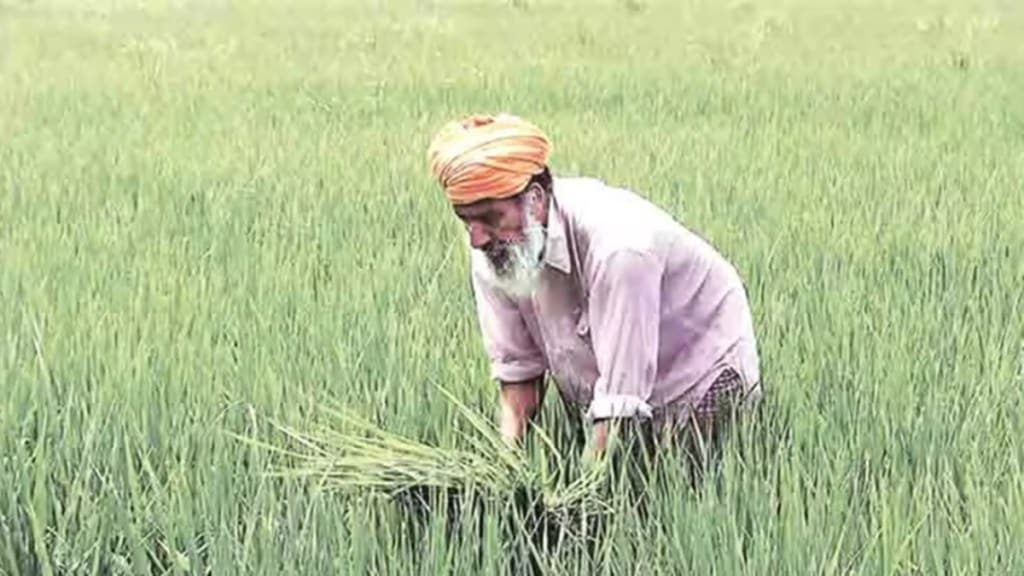After 13% excess precipitation in July, the country may be heading for the driest August in nearly a century and a quarter, according to sources in the India Meteorological Department (IMD). So far in the current month, rains have been 40% below the benchmark long period average.
Though kharif sowing is nearly complete, and the area covered thus far is marginally above the year-ago level, the current dry spell could hit crop yields. Pulse and oilseed are seen to be more vulnerable to the rain deficit, as these crops are approaching the flowering stage.
This is especially bad news given the recent spike in retail inflation, mainly driven by high food prices, particularly vegetables, cereals and pulses.
D Sivananda Pai, weather forecaster and senior scientist at IMD said though the agency had predicted below-normal monsoon at 8% below LPA for the current month, such ‘scanty’ rainfall was not anticipated. “It would be difficult to bridge such large deficiency by the end of the month,” Pai added. August rainfall, he said, could end up being the lowest since 1901 when the met department started collecting data.
IMD on Friday predicted heavy rainfall activity likely over east, adjoining central India and north eastern region in the next three to four days. Pai said that as per the current assessment, rains in September are likely to be much better compared to the current month.
IMD will release its forecast for next month by August 30.
Deficient rainfall is likely to impact pulses and oilseeds sowing in eastern and central parts of the country as a major portion of it is still rainfed. Kharif crops sowing, which is likely to be completed by next week, is marginally above last year’s level so far.
So far 63% of the 717 districts in the country have so far received normal or excess rainfall. Rest of the 263 districts have received deficient and scanty rainfall.
IMD has stated that currently, weak El Nino conditions are prevailing over the equatorial Pacific region and the latest climate forecasts indicate that the El Nino conditions are likely to further intensity and continue upto early next year.
“El nino conditions would adversely impact monsoon rains in September and thereafter, the overall outlook for the rainfall currently does not look bright,” M Rajeevan, former secretary, ministry of earth sciences said.
In April, IMD had predicted Southwest monsoon rainfall during June-September was likely to be in the ‘normal’ range at 96% of the LPA.
In the first two months of monsoon months the overall rainfall has been at ‘above normal’ range of 5% above LPA. The surplus rainfall of 13% in July had wiped 9% deficiency in rain for June.
According to the Met department, overall monsoon rains have been ‘below normal’ at 6% below the benchmark till Friday.
Currently, east and northeast, central India and south peninsula regions have rainfall deficiency of 25%, 3% and 13% respectively of LPA.
Northwest has received 8% more rainfall, respectively, than the benchmark.
IMD classifies ‘normal’ rainfall between 96% and 104% of LPA. Rainfall between 90%-95% is considered ‘below normal’ and precipitation below 90% of LPA is termed ‘deficient’.
Rainfall received between 104%-110% of benchmark fall on ‘above normal’ category while volume of rainfall above 110% of LPA is refereed as ‘excess’. The LPA is average rainfall received during 1971-2020 at 87 centimetres.
Rains during August-September which has a share of around 40% in total monsoon precipitation is crucial for the vegetative growth of kharif crops – paddy, pulses, oilseeds, cotton and sugarcane.
India’s foodgrain production rose by 5% on year to a new record of 330.5 million tone (MT) for the 2022-23 crop year. A marginally higher target of 332 million tonne (MT) of foodgrains production for the 2023-24 crop year (July-June) has been set by the agriculture ministry.
